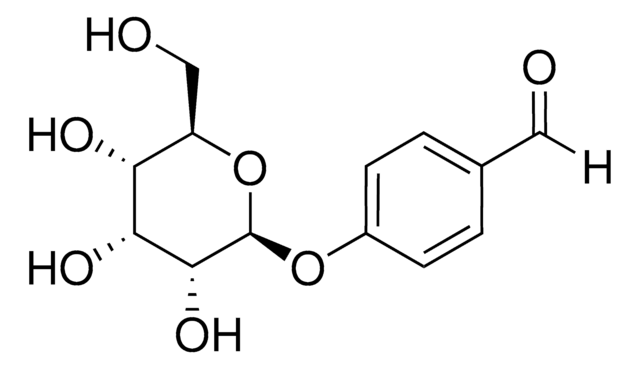MAB2609
Anti-beta Arrestin 1 Antibody, clone 3H11.2
clone 3H11.2, from mouse
Synonim(y):
Retinal S-antigen, Rod photoreceptor arrestin, S-antigen, retina and pineal gland (arrestin), arrestin 1, retinal S-antigen (48 KDa protein)
About This Item
Polecane produkty
pochodzenie biologiczne
mouse
Poziom jakości
forma przeciwciała
saturated ammonium sulfate (SAS) precipitated
rodzaj przeciwciała
primary antibodies
klon
3H11.2, monoclonal
reaktywność gatunkowa
human
metody
immunofluorescence: suitable
western blot: suitable
izotyp
IgMκ
numer dostępu NCBI
numer dostępu UniProt
Warunki transportu
wet ice
docelowa modyfikacja potranslacyjna
unmodified
informacje o genach
human ... ARRB1(408)
Opis ogólny
Specyficzność
Immunogen
Zastosowanie
Cell Structure
Sensory & PNS
G-proteins
Jakość
Opis wartości docelowych
Postać fizyczna
Przechowywanie i stabilność
Komentarz do analizy
HEK293 cell lysate
Inne uwagi
Oświadczenie o zrzeczeniu się odpowiedzialności
Nie możesz znaleźć właściwego produktu?
Wypróbuj nasz Narzędzie selektora produktów.
Kod klasy składowania
12 - Non Combustible Liquids
Klasa zagrożenia wodnego (WGK)
WGK 2
Temperatura zapłonu (°F)
Not applicable
Temperatura zapłonu (°C)
Not applicable
Certyfikaty analizy (CoA)
Poszukaj Certyfikaty analizy (CoA), wpisując numer partii/serii produktów. Numery serii i partii można znaleźć na etykiecie produktu po słowach „seria” lub „partia”.
Masz już ten produkt?
Dokumenty związane z niedawno zakupionymi produktami zostały zamieszczone w Bibliotece dokumentów.
Nasz zespół naukowców ma doświadczenie we wszystkich obszarach badań, w tym w naukach przyrodniczych, materiałoznawstwie, syntezie chemicznej, chromatografii, analityce i wielu innych dziedzinach.
Skontaktuj się z zespołem ds. pomocy technicznej